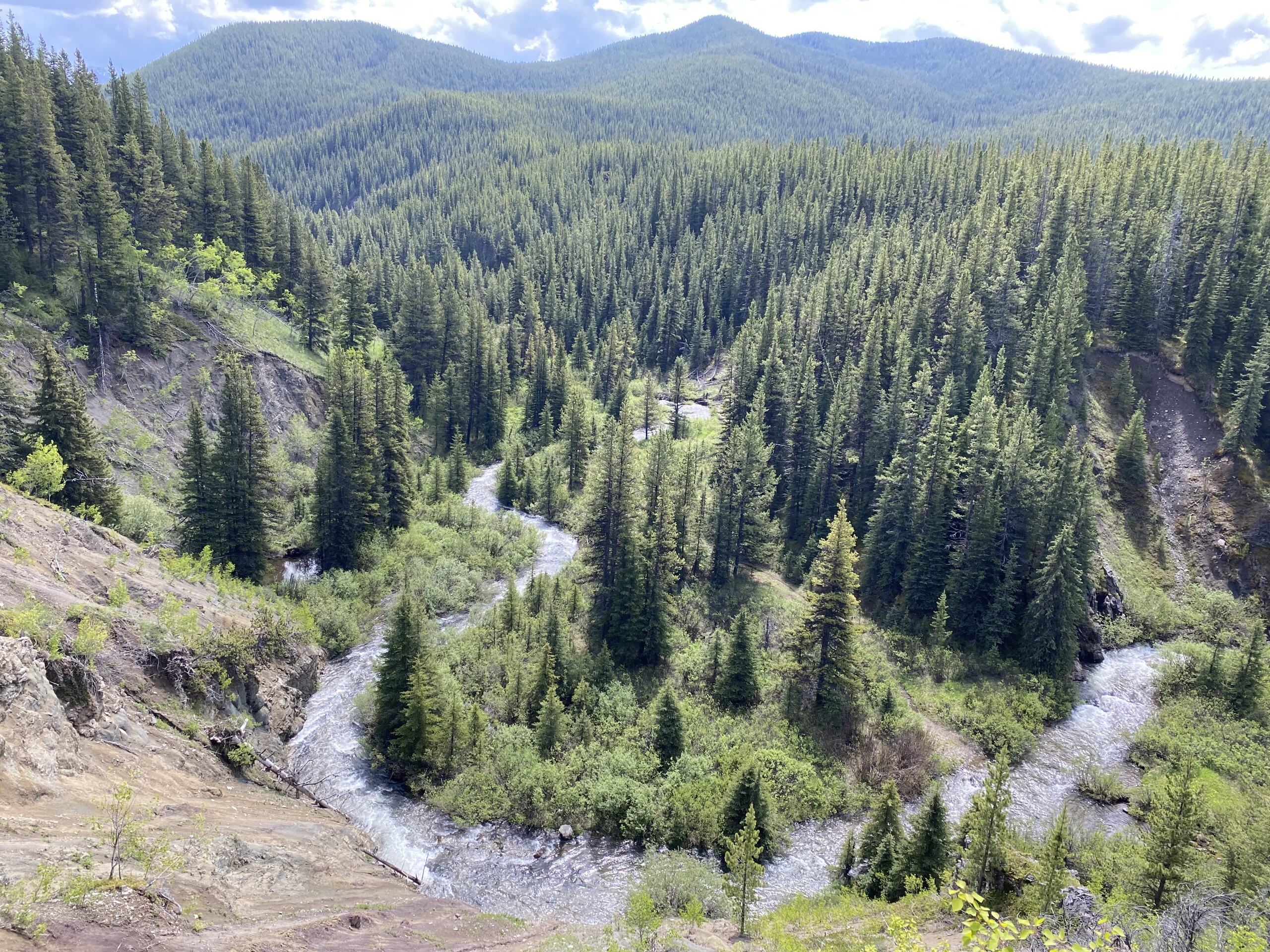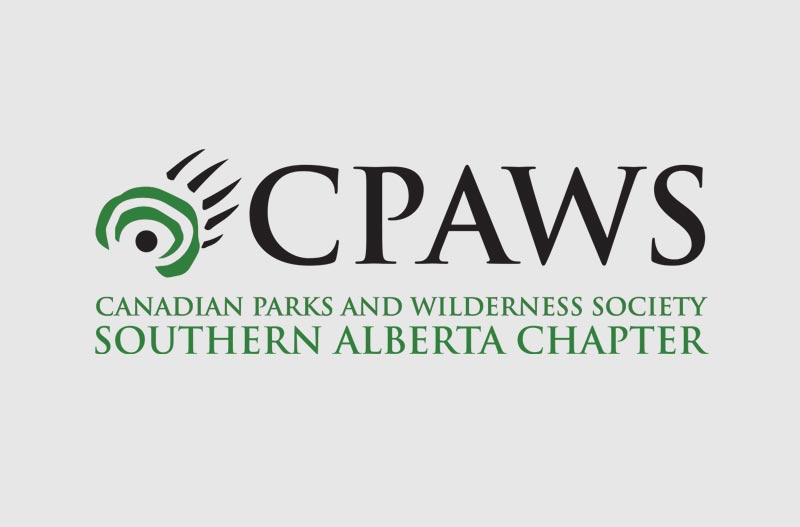Living With Wildlife
Living with and near wildlife has been an ongoing conversation in Alberta, particularly in the Bow Valley where people and wildlife concentrate their movements along valley bottoms, which can lead to human-wildlife interactions, displacement of wildlife from important habitat, and human-caused mortality of wildlife.
The coexistence challenge was exemplified by the management of a particular female grizzly bear known as No. 148, and her movements over the summer of 2017, which highlighted the challenges that wildlife face in a populated valley managed by different agencies.
In response, the Bow Valley Human-Wildlife Coexistence round table was created in late 2017 to help address to concerns about the number of encounters between humans and wildlife, and how those encounters were being managed by the various jurisdictions.
The round table asked a working group of wildlife experts from the Towns of Canmore and Banff, the Government of Alberta, Parks Canada, and non-governmental organizations including CPAWS Southern Alberta, as well as the Yellowstone to Yukon Conservation Initiative (Y2Y), and WildSmart, to recommend best practices for reducing human-wildlife conflict.
On May 31 the Bow Valley Human-Wildlife Coexistence technical working group released a comprehensive report on improving our relationship with wildlife. The group identified six key areas for improving human-wildlife coexistence in the Bow Valley. These included:
- Trans-boundary Management;
- Wildlife in Developed Areas;
- Habitat Security;
- Food Conditioning and Habituation;
- People Compliance; and
- Wildlife Management.
Within these 6 key issues, the group developed 28 recommendations to improve human-wildlife coexistence. Recommendations were informed by current issues and trends, available data, best practices, expert opinion, and published literature. While the team only included recommendations where consensus was reached, it also identified knowledge gaps and made recommendations for future research and monitoring.
Coexistence will require ongoing effort, but this report lays the groundwork for better engagement and communication with the public, as well as more proactive and collaborative management. We can all use these recommendations to work through some of the more challenging issues facing wildlife and people as we live, work and recreate the area. Our ability to ensure the Bow Valley remains a vital link for wildlife between Banff National Park and Kananaskis Country will depend on us all working towards the broader good of wildlife and our communities.
Katie Morrison
Conservation Director
CPAWS Southern Alberta
More News

New Poll: Conservation is a Core Value, Not Fringe Concern, for Most Albertans

Fine Issued to Forestry Operator for Erosion Control Failures


